RAFI'S LOVE AFFAIR WITH FORM AND COLOUR
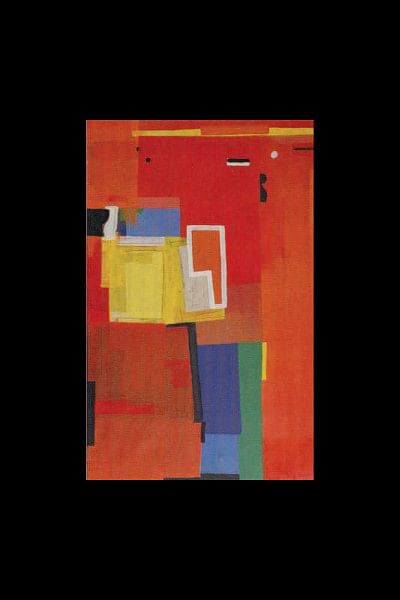
Rafi Haque's works juxtapose the past and the contemporary world. His journals fuse images and texts. His journals mix collages, doodles, written texts. Besides creating intriguing images with strong political or social messages, they also document his life.
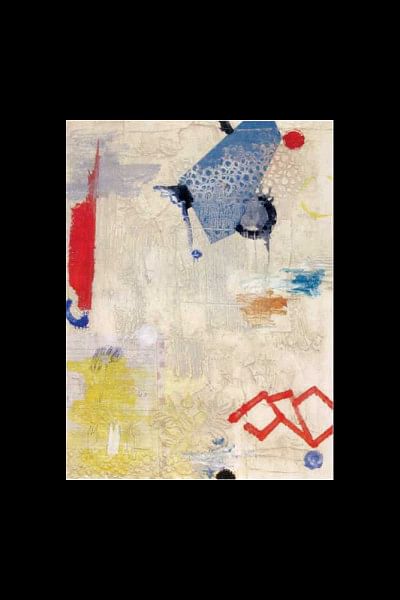
Rafi has a recurrent fascination with melancholy. It is like the Sufi notion that everything , even happy feelings have a melancholy element. Rafi is internationally acclaimed as a visual artist. His works have been in numerous solo and group exhibitions in Bangladesh, France, Germany, India , Holland Egypt , Russia, etc .
So how did it all begin? “My father was a book publisher and my mother was quite adept at embroidery, doing crochet and mirror and bead work as well as nakshikantha. I was a good student and I got scholarships. But I wanted to be an artist. My mother cried at the thought of my being an artist, but I was determined. I purposely did badly in the SSC exams. I made sure of only 50 percent of the marks. The rest of the space in my answer books was covered by doodles and poems.”
Rafi lost his father at a young age. “Poetry and drawings helped me land a job in Dada Bhai Rafiqul Haq's Kishore Bangla,” says Rafi, “and I also had contracts with The Observer. It was enough to get by.”
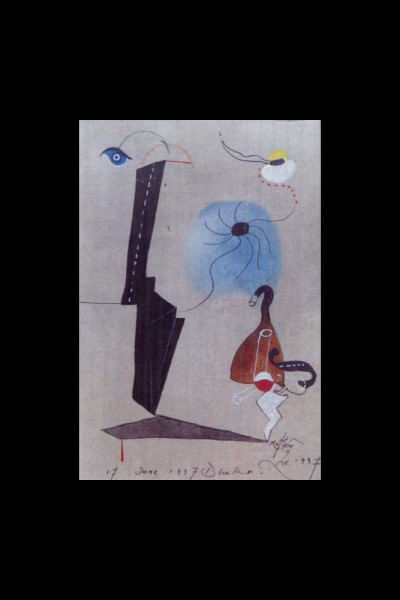
“When I was in the Fukuoka Asian Arts Museum in 2000, I was the first Residential Artist to get a Government scholarship. I was Ist in class , with the gold medal from Amartya Sen. I felt that my mother's sacrifice was worth it. I was happy to make my mother proud.”
With a penchant for printmaking, which was his specialisation at the Institute of Fine Arts, University of Dhaka, Rafi's works earned recognition both at home and abroad. He won the First Prize in the 5th World Triennale of Print, Chamalieres in France in 2000.
When asked where he got his inspiration from Rafi is quite candid.
“I was in love with a girl. I burnt paper and did my etching. It was the first of its kind and Mohammed Kibria approved of it.” Though the relationship did not survive Rafi's work continued to change into newer dimensions.
Rafi has been deeply influenced by political events – the turbulent times before Ershad's fall, the Hiroshima Atom Bomb and its horrific aftermath on the Japanese people. The sights of sufferings were reflected in his paintings.
“My personal pain diminished with the sight of a country's suffering” says Rafi.
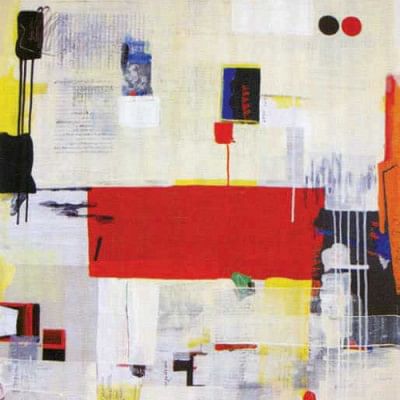


 For all latest news, follow The Daily Star's Google News channel.
For all latest news, follow The Daily Star's Google News channel. 


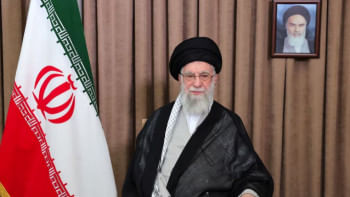
Comments